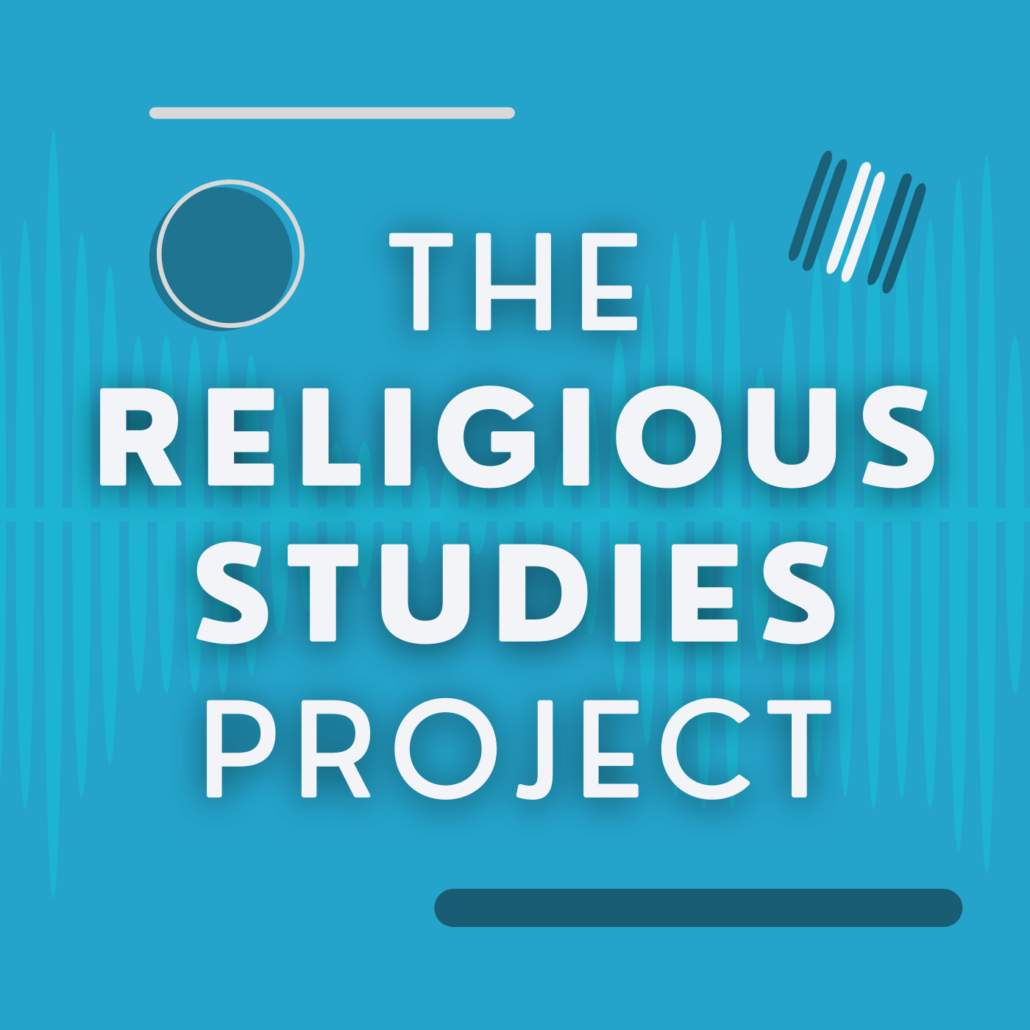RastafarI is itself a millennial movement with the belief that Haile Selassie I is the God Liberator, an avatar returned to restore True Salvation for the subaltern people of African lineage. It is also a revolutionary movement which wants to change the lot of Africans…
J. Gordon Melton: Prophecy and American Millennialism
By Marzia A. Coltri, University of Birmingham, UK
Published by the Religious Studies Project, on 10 October 2012 in response to the Religious Studies Project Interview with J. Gordon Melton on American Millennialism (15 October 2012).
J. Gorton Melton is a leading academic specialist on new religious movements, a scholar of occultists, Scientologists, Rosicrucianists, Neopagans, Branch Davidians, Theosophists, Reiki groups, UFO, Hare Krishnas, New Age and vampires, who has spent his academic career investigating and classifying new religious groups throughout the world. He is founder of the Institute for the Study of American Religion, and in an interview at the 2012 annual meeting of INFORM in London he discussed Millennial movements in America, with particular stress on three typologies of movements that await the divine intervention of the Son of God on Earth. This eschatological conjecture in Christianity teaches and disseminates the ‘double resurrection’ of Jesus Christ (“the Messiah is coming again’) and the establishment of the Kingdom of Heaven on Earth as the supreme signs of salvation and liberation from oppression and tribulation. As Melton observes, many new religious groups in the second half of the 20th century were small in size and had a lack of organizational structure. These movements are, he says, increasing rapidly, changing denominations and metaphysical features, and are waiting a New Era.
The impact of the prophet, with her/his charisma, which is for Weber ‘a certain quality of an individual personality, by virtue of which she/he is set apart from ordinary people and treated as endowed with supernatural, superhuman, or at least specifically exceptional powers or qualities’[1], is felt when s/he founds her/his own ‘new religious movement’, and her/his ideas and programme lead the members of the group. In the case of the RastafarI movement, for example, Marcus Garvey is one proponent of Pan-African nationalism and a particularly charismatic voice in the development of the movement. Through the prophetic teachings of Garvey concerning the coronation of the God-King from Ethiopia (Haile Selassie I), RastafarI develops its belief in the Coming of the Second Messiah to the Earth to save the subaltern people of the African Diaspora and create a new kingdom (the Promised Land, Ethiopia). RastafarI is itself a millennial movement with the belief that Haile Selassie I is the God Liberator, an avatar returned to restore True Salvation for the subaltern people of African lineage. It is also a revolutionary movement which wants to change the lot of Africans and liberate them from the chains of corrupt, evil and sinful Babylon in order to create a new golden age in ‘the millennium kingdom’ of Ethiopia.
Millenarian thought is the belief that after the end of this world a new, fertile and harmonious world will appear. Such a conviction is referred to the term Millennium which is taken from the Apocalypse of John and the Book of Revelation. Millennialisms are expecting either a collective earthly salvation by supernatural agencies or a heavenly salvation. However, as we know, millenarian movements often appear in periods of crisis and act as expressions of frustration, vulnerability and the desire to escape. With their charismatic personalities, millenarianists believe in an earthly Golden Age but have a pessimistic view of the future. They can be classified as catastrophic (the Mormons and Jehovah’s Witnesses) and progressive millennial movements (the New Agers and the Theosophical movement). The progressive millennial thought has a positive view of the collective growth of society in harmony with the divine (Gods or Angels). Both the progressive and catastrophic millennial movements reflect dramatic episodes of failure and violence, awaiting a radical transit to salvation. They may be violent revolutionaries whose aim is to eradicate the ‘old’ to create the ‘new’. What is common in Millenarian movements is that they are exultant about the predictions of a New Era.
By way of conclusion, what happens in various millenarian movements is directly connected to the economic, religious, sexual and racial power which puts their adherents in a marginal position in relation to the dominant society. Therefore it is not clear how these forces operate within society due to extreme variations in the movements themselves, especially when the prophets die, which may cause trauma (see the recent death of the Korean Revd. Sun Myung Moon, founder and charismatic leader of the Unification Church). Many of them are expecting that world will be transformed by divine interventions through prophecies in order to eliminate suffering and to offer collective salvation.
This material is disseminated under a Creative Commons Attribution-NonCommercial-NoDerivs 3.0 Unported License. and can be distributed and utilised freely, provided full citation is given.
About the Author:
 Marzia Coltri was born in Verona, Italy and completed a BA in Philosophy with a thesis on the liberal and scientific thought of Karl Popper. After finishing her MA in Philosophical Counselling, she came to England in 2007 to embark on research on minority ethnic religious groups. She recently received her PhD in African and Caribbean religions (the RastafarI movement and the Ethiopian Orthodox Tewahedo Church) in the School of Philosophy, Theology and Religion at the University of Birmingham (UK). She is currently part-time visiting lecturer at the University of Wolverhampton, UK. Her research focuses on gender studies, post-colonialism and NRMs. She has presented several papers in the UK and abroad, three of which are published in the proceedings of the CESNUR conference. One of her recent articles ‘The Challenge of the Queen of Sheba: The Hidden Matriarchy in the Ancient East’ has also been published in the History of the Ancient World website.
Marzia Coltri was born in Verona, Italy and completed a BA in Philosophy with a thesis on the liberal and scientific thought of Karl Popper. After finishing her MA in Philosophical Counselling, she came to England in 2007 to embark on research on minority ethnic religious groups. She recently received her PhD in African and Caribbean religions (the RastafarI movement and the Ethiopian Orthodox Tewahedo Church) in the School of Philosophy, Theology and Religion at the University of Birmingham (UK). She is currently part-time visiting lecturer at the University of Wolverhampton, UK. Her research focuses on gender studies, post-colonialism and NRMs. She has presented several papers in the UK and abroad, three of which are published in the proceedings of the CESNUR conference. One of her recent articles ‘The Challenge of the Queen of Sheba: The Hidden Matriarchy in the Ancient East’ has also been published in the History of the Ancient World website.
Bibliography:
Melton, J. Gordon. ‘The counter-cult monitoring movement in historical perspective’ in Challenging Religion: Essays in Honour of Eileen Barker, James A. Beckford and James T. Richardson, eds. (London: Routledge, 2003)
Bromley, David and Melton, J. Gordon, eds., Cults, Religion and Violence, Cambridge University Press (Cambridge: 2003)
Melton, J. Gordon. Religions of the World: A Comprehensive Encyclopedia of Beliefs and Practices, ABC-Clio (2002)
Melton, J. Gordon. Melton’s Encyclopedia of American Religions, Thomson Gale; 8th edition (2009),
Miller, Timothy. When Prophets Die: The Postcharismatic Fate of New Religious Movements. ed., Intr. by J. Gordon Melton. State University of New York Press (Albany, USA: 1991)
Useful links:



